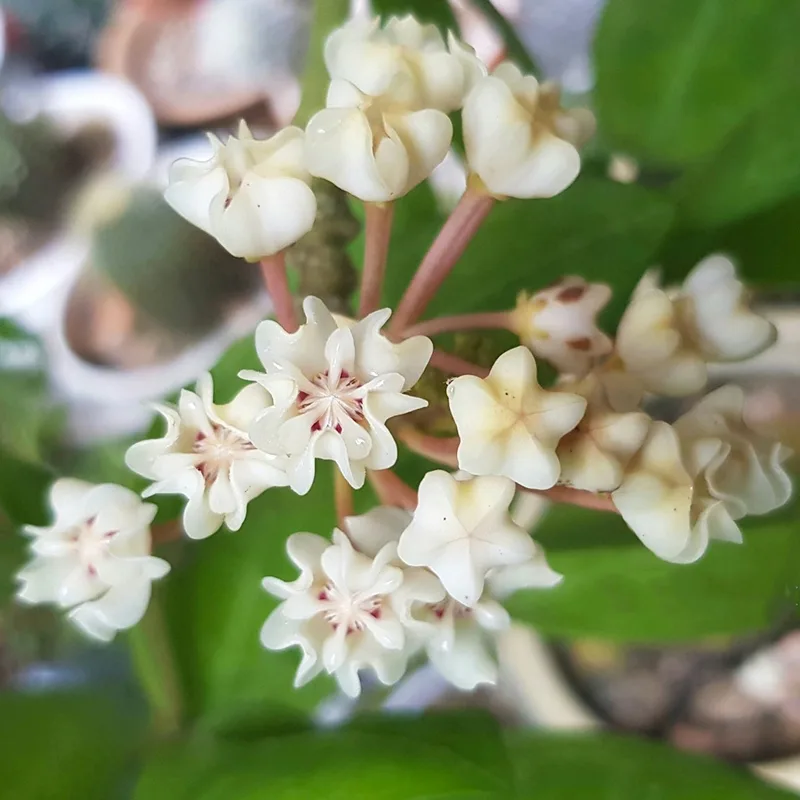What is Ribes Viburnifolium?
For those seeking a touch of California magic in their garden, look no further than Ribes viburnifolium, also known as the Catalina currant. This captivating evergreen shrub, native to Southern California and Baja Mexico, has stolen my heart with its unique charm.
The first thing that struck me about the Catalina currant was its captivating fragrance. Brushing against its glossy, dark green leaves releases a burst of citrusy goodness, a welcome addition to any patio or walkway. Unlike its close relatives, the gooseberries and currants, the Catalina currant’s berries are not its main attraction. Though edible, they are on the smaller side and not particularly known for their flavor.
This low-growing shrub, with its long, arching branches, creates a delightful cascading effect. It rarely grows taller than three feet, making it a perfect choice for borders, underplanting trees, or even cascading over retaining walls. The reddish stems, contrasting beautifully with the deep green foliage, add another layer of visual interest.
Plant Family: Grossulariaceae – 196 Species in Genus Ribes
How to plant and care for Ribes Viburnifolium?
The beauty of the Catalina currant extends to its ease of care. This drought-tolerant shrub thrives in well-drained soil and prefers partial shade. It can tolerate full sun in cooler climates but might benefit from afternoon shade in hotter regions.
Planting your Catalina currant is a breeze. Simply dig a hole twice the width of the root ball and amend the soil with some compost if needed. Water it deeply after planting and regularly during the first growing season. Once established, it requires minimal watering, making it a water-wise choice for eco-conscious gardeners.
How to Propagate Your Catalina Currant?
Sharing the joy of the Catalina currant with friends and family is easy. This versatile shrub can be propagated through several methods:
- Seed: While possible, propagating from seed requires patience, as germination can be slow and erratic.
- Softwood Cuttings: Taken in spring or early summer, softwood cuttings offer a higher success rate. Simply snip a 4-6 inch stem tip, remove the lower leaves, and dip the cut end in rooting hormone. Plant in a pot filled with moist, well-draining potting mix and keep it in a warm, humid location until roots develop.
- Layering: This method involves encouraging a low-growing branch to root while still attached to the parent plant. Make a shallow cut halfway through the branch, apply rooting hormone, and bury the wounded section in moist soil. Secure it with a wire staple and keep the soil moist. Once roots develop, you can sever the connection and transplant the new plant.
Is Ribes Viburnifolium Deer Resistant?
Unfortunately, the delightful fragrance of the Catalina currant can also attract unwanted guests – deer. While not their top choice, deer will nibble on it if other food sources are scarce. Planting your Catalina currant in a location protected by fencing or surrounded by deer-resistant plants can help deter these browsing herbivores.
What to Plant With Your Catalina Currant?
The Catalina currant’s adaptability makes it a wonderful companion for a variety of plants. Here are a few suggestions:
- California natives: Create a harmonious California-inspired garden by pairing your Catalina currant with California lilac (Ceanothus), coyote bush (Baccharis pilularis), or deer grass (Muhlenbergia rigens).
- Drought-tolerant plants: For a water-wise garden, consider planting your Catalina currant alongside lavender (Lavandula spp.), rosemary (Rosmarinus officinalis), or sages (Salvia spp.).
- Shade-loving plants: As the Catalina currant thrives in partial shade, it can be a great companion for ferns, coral bells (Heuchera spp.), or columbine (Aquilegia spp.).
With its captivating fragrance, low-maintenance nature, and cascading beauty, the Catalina currant is a true gem for any garden. So, if you’re looking for a touch of California charm and a conversation starter in your outdoor space, consider adding this unique shrub to your plant palette.



